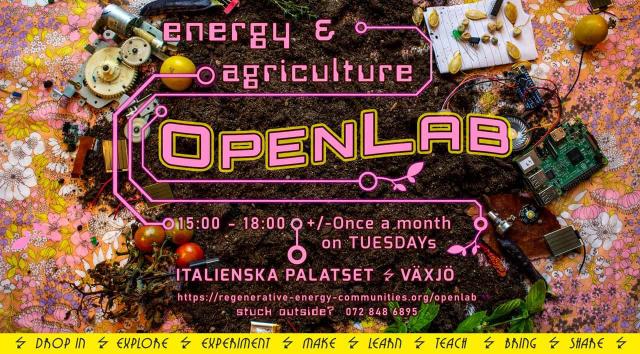Toolmaking for a Human-Sized Agriculture
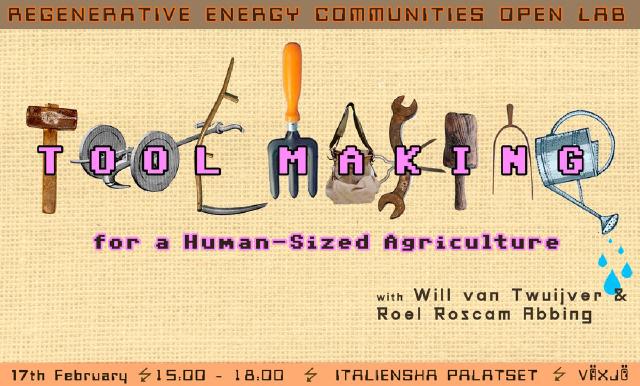
Most industrial farm and garden tools are typically designed for the average person. They are not optimised for people with diverse body types and are only designed for generic gardening tasks. As a result, humans adapt themselves to tools, instead of tools being shaped after situated human needs and capabilities. At the same time, hand tools fall into disrepair and disuse, but this does not mean they have to be discarded. Repairing these tools can also become an opportunity for improvement, adaptation, and personalisation.
The workshop ‘Toolmaking for a Human-Sized Agriculture’ took this as a starting point to focus on the relationship between tool design, the human body and the land. Together with Will van Twuijver, I developed and facilitated it for the Regenerative Energy Communities Open Lab in Växjö, Sweden.
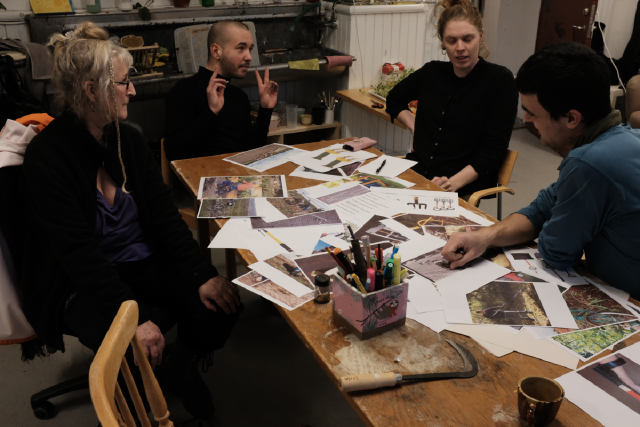
The workshop invited participants to join and repair or repurpose old gardening tools. During the workshop we explored how these tools could be made to reflect one’s specific needs, talents, interest, and relationship to the participant’s local context. It was an afternoon of collectively building more personal and localised gardening practices where participants shaped tools for their needs and that of the land, rather than the other way around!
Method: Sketching with found wood
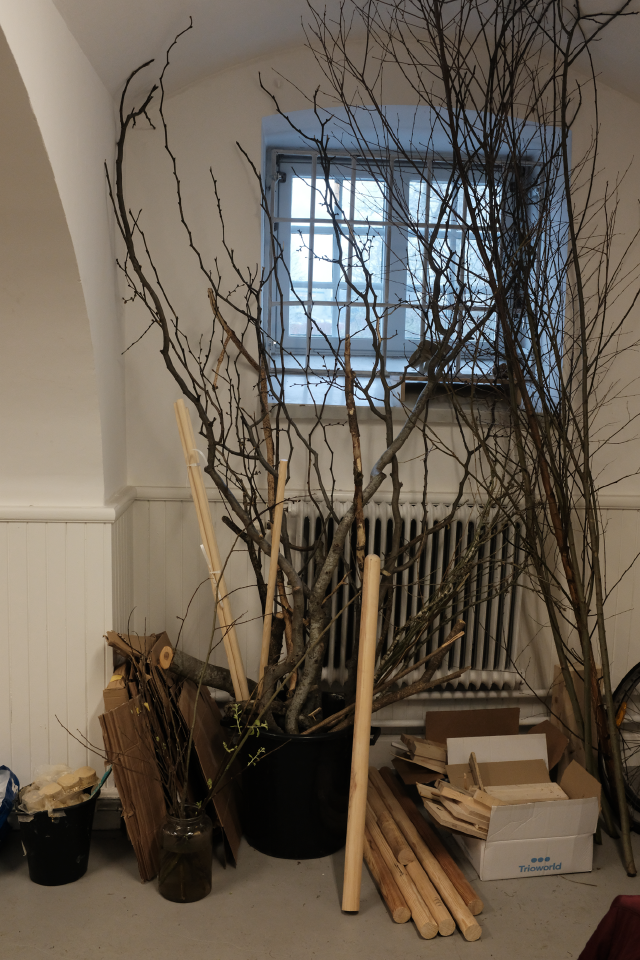
We introduced a large bundle of branches in the workshop as the main building material. This was inspired by historic wood working techniques, in particular those for the craft manufacture of wooden tool handles. The reason for this material was to allow the workshop participants to break away from the metric system and standard dimensions. Instead, working this way required inspecting the different branches carefully and choosing one to work with based on its shape, sturdiness or ergonomic qualities. An additional side effect of introducing branches as a sketching material was that also that it enabled the participants to experiment freely with the material. It did not require advanced skills or precise measuring to make adjustments, which lowered the barrier for participation.
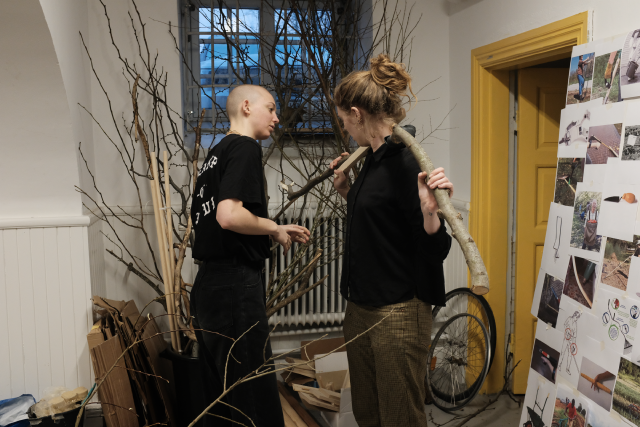
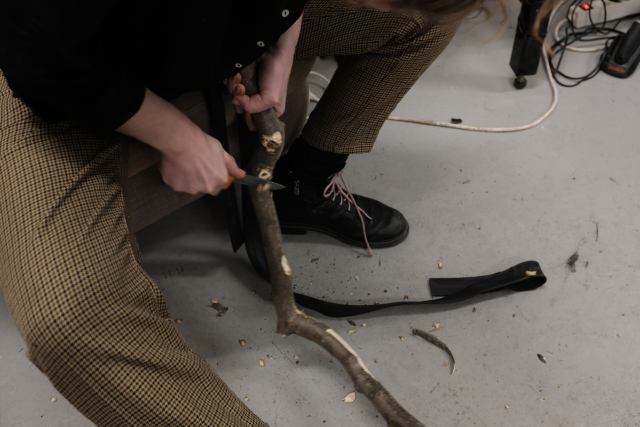
Case 1: irrigation
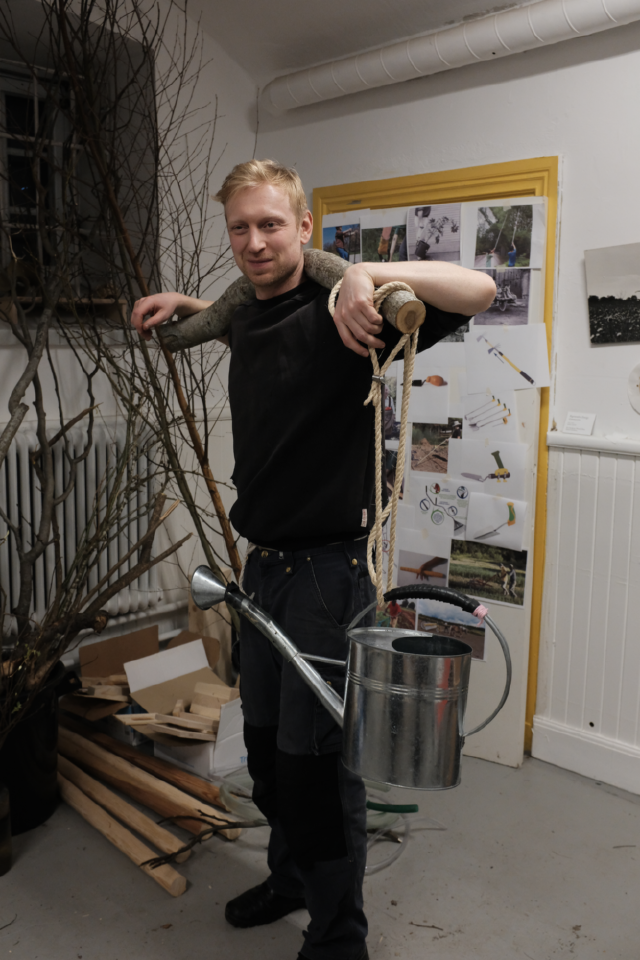
The participants indicated there had been a long-standing issue with proper irrigation of the plot where they grow vegetables. The water needs to be sourced from a lake a couple of hundred meters away, and no adequate solution has been found so far. During the workshop, the participants identified a traditional method of carrying water using a shoulder pole/yoke as the most simple solution. In addition, the participants also repaired their broken watering cans.
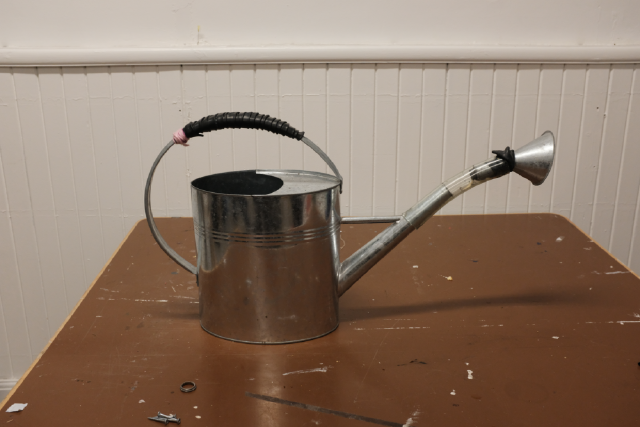
Case 2: Heavy/light forks
Several broken forks were brought to the workshop space and the farmer indicated the hay forks were often used for soil works because they were easier to carry and lighter to work with. One of the outcomes was a solution to create a dismountable platform to make it easier to push the heavy fork into the soil.
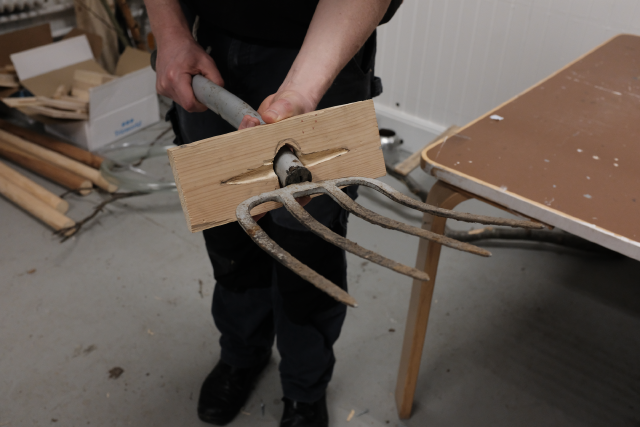
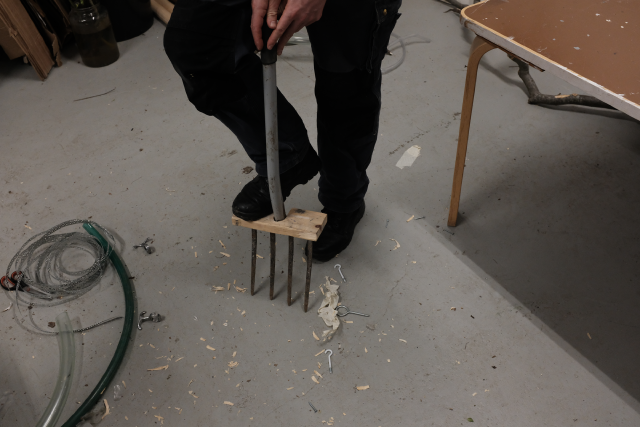
Case 3: repairing worn out tools
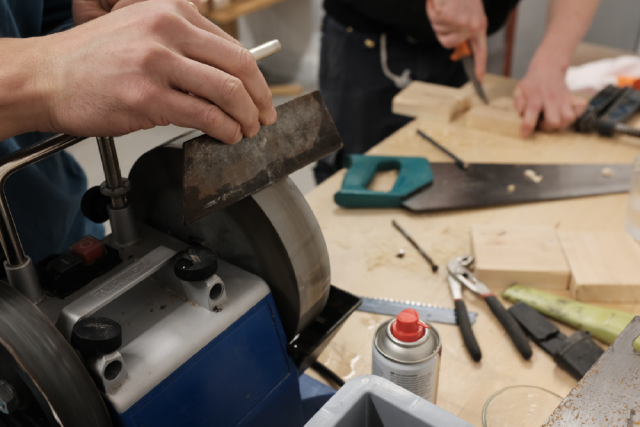
Various rakes, hoes, sickles, and forks were brought to the workshop that were just in need of repair without much alteration. These tools were sharpened during the workshop and some of the broken handles were replaced. A spade handle was replaced with one based on the dimensions of the hands of one of the participants.
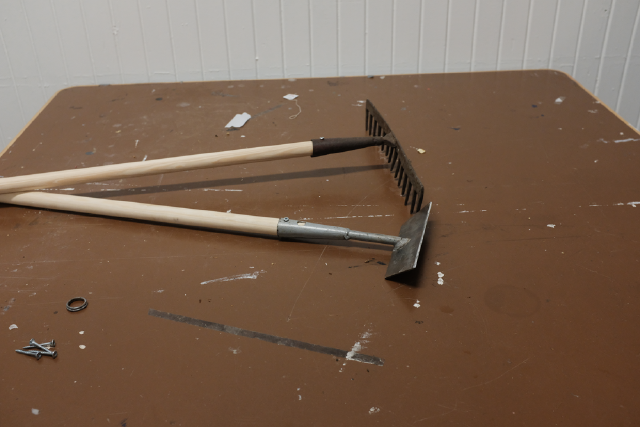
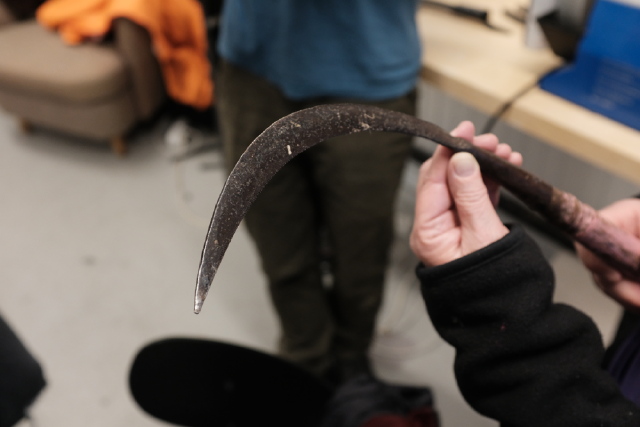
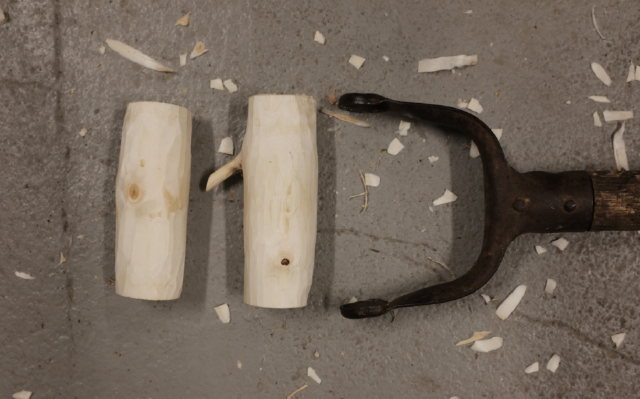
About Will
Will van Twuijver is a designer and farmer focusing on agroecology and grassroots initiatives. His work is informed by an overarching goal to design and develop systems that integrate environmental restoration and human wellbeing. He has several years of practical involvement in various food collectives, ranging from Community Supported Agriculture, to waste food processing initiatives. Currently, he works as a part-time farmer and cheese maker, design researcher and board member of Toekomstboeren.
About Regenerative Energy Communities
This workshop is part of the Regenerative Energy Communities Open-Lab series. More infos about the workshop here!
